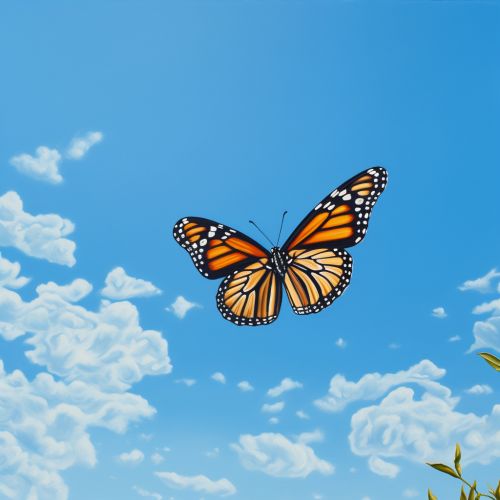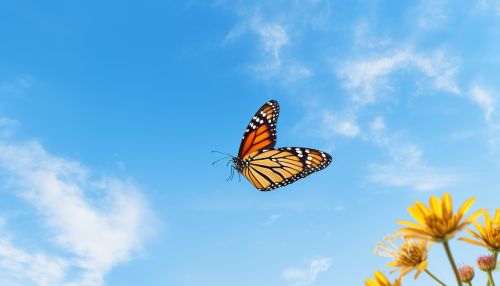Monarch butterfly migration
Introduction
The Monarch butterfly (Danaus plexippus) is a species of milkweed butterfly known for its remarkable migratory patterns. This article delves into the intricacies of the Monarch butterfly migration, a phenomenon that has fascinated scientists and nature enthusiasts alike for centuries.


Migration Overview
Monarch butterflies are best known for their mass migration, a phenomenon where millions of butterflies travel thousands of miles between their breeding grounds in North America to their wintering sites in Mexico and California. This migration is unique among butterflies and is a subject of ongoing scientific study.
Physiology and Adaptations
Monarch butterflies possess a range of physiological adaptations that enable them to undertake their long-distance migration. These include a specialized navigation system, efficient energy utilization, and physical endurance.
Monarchs utilize a sophisticated navigation system that involves both a time-compensated sun compass and a magnetic compass. The sun compass, located in the butterfly's antennae, allows the Monarch to maintain a steady southern direction during migration. The magnetic compass, believed to be located in the butterfly's abdomen, aids in orientation during overcast conditions.
Energy Utilization
Monarchs are efficient energy users, utilizing stored fat reserves for flight fuel during migration. They also conserve energy by utilizing thermal updrafts, which allow them to glide rather than actively fly.
Physical Endurance
Monarchs display remarkable physical endurance, with the ability to fly up to 100 miles a day. This endurance is facilitated by their large, aerodynamic wings and strong flight muscles.
Migration Cycle
The Monarch butterfly migration cycle is a multi-generational journey that spans the course of a year. It begins in the spring with the first generation of Monarchs, who migrate north from their wintering sites to lay eggs in the southern United States.
Spring Migration
During spring migration, the first generation Monarchs lay eggs on milkweed plants. These eggs hatch into caterpillars, which feed on the milkweed and eventually metamorphose into the second generation of Monarchs.
Summer Breeding
The second and third generations of Monarchs spend the summer breeding and laying eggs in the northern United States and Canada. These generations have a lifespan of only 4-6 weeks, compared to the 8-9 month lifespan of the migrating generations.
Fall Migration
In the fall, the fourth generation of Monarchs, also known as the "super generation," migrates south to the wintering sites. These butterflies are physiologically different from their parents and grandparents, with larger bodies and longer lifespans that enable them to survive the long journey and the winter season.
Threats and Conservation
Monarch butterfly migration is threatened by a variety of factors, including habitat loss, climate change, and pesticide use. Conservation efforts are focused on protecting and restoring Monarch habitats, reducing pesticide use, and monitoring Monarch populations.
